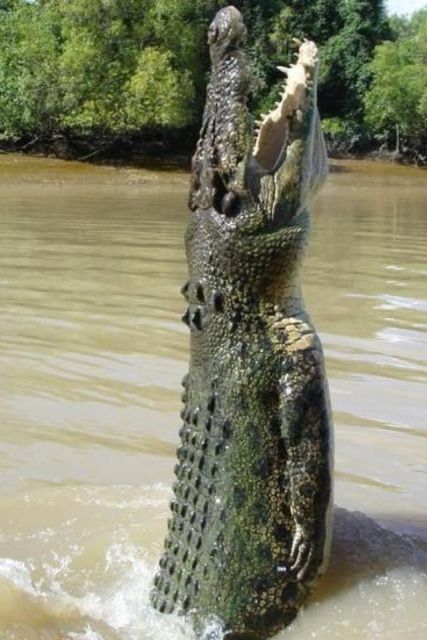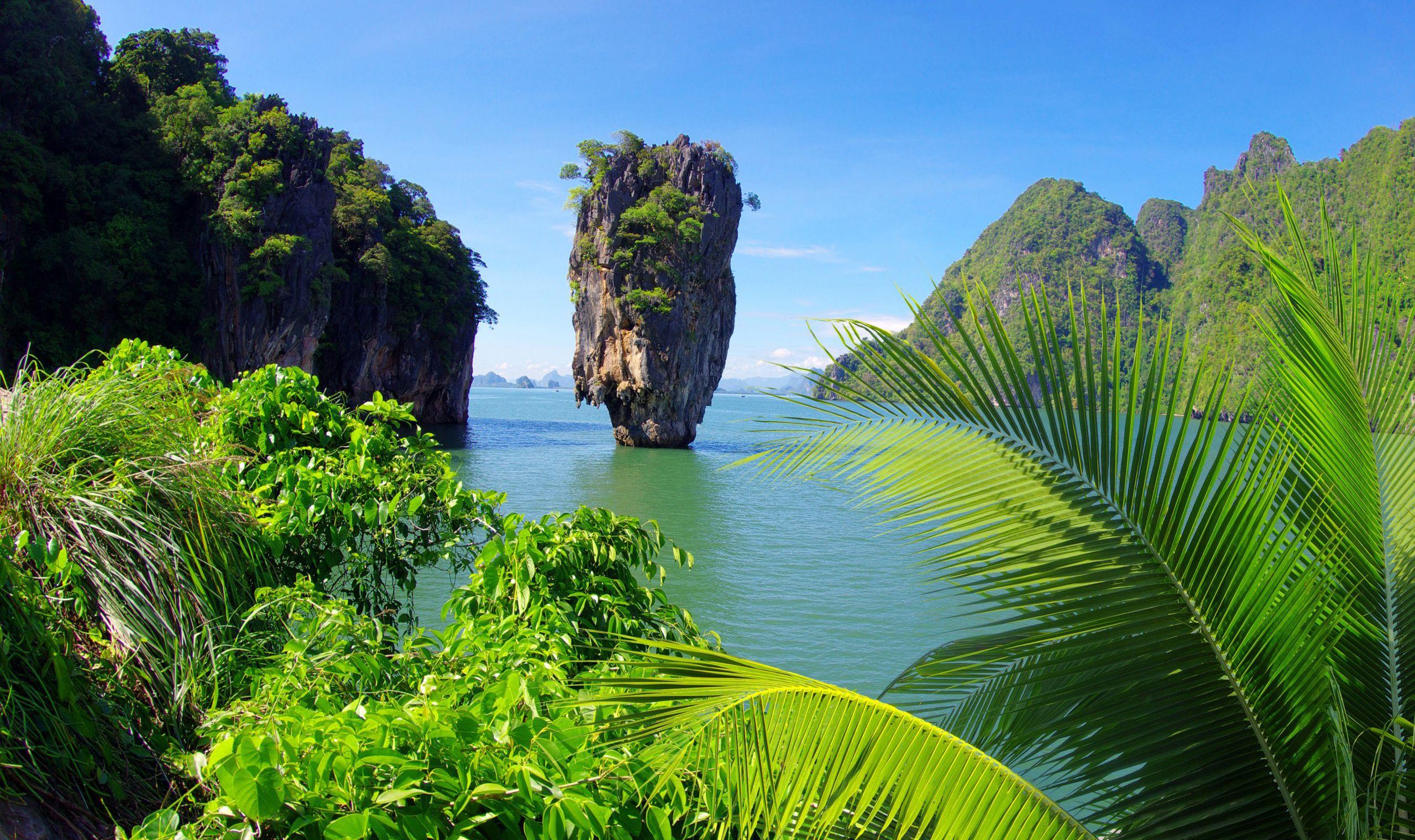Crocodiles, often regarded as the quintessential predators of the wetland ecosystems, have thrived for millions of years. Their unique
evolutionary journey can captivate the imagination of even the most indifferent observer. As ancient hunters, they embody a fascinating blend of primal instinct and evolutionary perfection. The following offers a glimpse into the intriguing world of these formidable reptiles, revealing facts that promise to shift your perspective and pique your curiosity.
1. Ancient Lineage
Crocodiles belong to a lineage that dates back over 200 million years, which means they were contemporaries of the dinosaurs. These reptiles have survived several mass extinctions, adapting remarkably to changing climates and environments. Their resilience and adaptability raise questions about the factors contributing to their survival while many other species perished.
2. Taxonomic Wonders
Interestingly, crocodiles are not just a single species but belong to a diverse family known as Crocodylidae. This family comprises around 15 species, including the notorious saltwater crocodile and the more elusive gharial. Each species has unique adaptations suited to their habitats, ranging from coral reefs to riverine systems, enhancing their role as apex predators.
3. The Perfect Predators
Crocodiles exhibit several traits that render them superb hunters. Their elongated snouts house 60 sharp teeth, enabling them to grip slippery prey with remarkable efficiency. Their bite force is among the strongest of any terrestrial animal, measured at over 3,700 pounds per square inch. This brute strength, combined with stealthy ambush tactics, allows them to dominate their aquatic realms.
4. Unique Sensory Adaptations
One of the most compelling aspects of crocodile physiology is their acute sensory adaptations. Their eyes, ears, and nostrils are positioned on the top of their heads, allowing them to survey their surroundings while remaining mostly submerged. Moreover, a special membrane protects their eyes underwater, enabling vision in murky conditions—a significant advantage in their environment.
5. Communication and Social Behavior
While often perceived as solitary creatures, crocodiles exhibit intriguing social behaviors. They communicate through a series of vocalizations—grunts, hisses, and belches—that relay messages ranging from territorial claims to mating calls. Mothers show remarkable attentiveness, often nurturing their hatchlings and even guiding them to water, fostering a bond that challenges the notion of their solitary nature.
6. Ancient Hunting Techniques
Crocodiles employ a hunting strategy known as the “death roll.” When they capture prey, they will roll rapidly in the water, using centrifugal force to disorient and subdue it. This technique mirrors the ancient hunting tactics of long-extinct reptiles, showcasing the evolutionary continuity in predatory behavior across millennia.
7. Remarkable Longevity
Longevity is another remarkable fact about crocodiles; some species can live for over 70 years in the wild, with certain individuals in captivity reaching ages over a century. Their slow growth rates and late maturity contribute to their longevity, presenting an evolutionary strategy that favors those individuals who can thrive over extended periods.
8. Ecological Importance
Crocodiles play an indispensable role in their ecosystems. As apex predators, they help to regulate populations of various species, contributing to the balance of aquatic ecosystems. Their predation on sick or weak animals also helps maintain the health of prey populations, acting as a natural form of population control.
9. Cultural Significance
Crocodiles have captivated human imagination for centuries, serving as symbols in various cultures. In Ancient Egypt, they were revered as manifestations of the god Sobek, while in other societies, they symbolize power and strength. This cultural significance further emphasizes their enigmatic status within the animal kingdom.
10. Conservation Challenges
Despite their impressive adaptations, many crocodile species face significant threats due to habitat loss, poaching, and climate change. Conservation efforts are critical to ensure their survival, particularly for endangered species like the Philippine crocodile and the Orinoco crocodile. Understanding their ecological role is imperative for fostering awareness and motivating conservation initiatives.
11. The Fascination of Crocodile Farming
Crocodile farming has emerged as a lucrative industry in some regions, driven by the demand for crocodile leather and meat. While this practice can contribute to conservation by alleviating pressure on wild populations, it also raises ethical questions regarding welfare and sustainability. The juxtaposition of exploitation and conservation in this context highlights the complexities surrounding our relationship with these ancient reptiles.
12. Adaptations to Environmental Changes
Remarkably, crocodiles possess a special adaptation that allows them to endure fasting for months. During challenging environmental conditions, such as drought or scarcity, they can slow their metabolism significantly, conserving energy. This remarkable ability to adapt to fluctuating environmental circumstances positions them as enduring survivors in their specific niches.
Conclusion
The world of crocodiles is nothing short of astounding, intertwined with remarkable evolutionary traits and behaviors. Understanding these ancient hunters not only shifts our perspective on nature’s resilience but also underscores the importance of conserving their existence. Their saga, spanning millions of years, invites us to respect the intricate balance of life within our ecosystems, where every species plays a crucial role. Engaging with the realities of crocodiles enriches our appreciation for the delicate thread of life on Earth and urges us to cherish and protect it.










